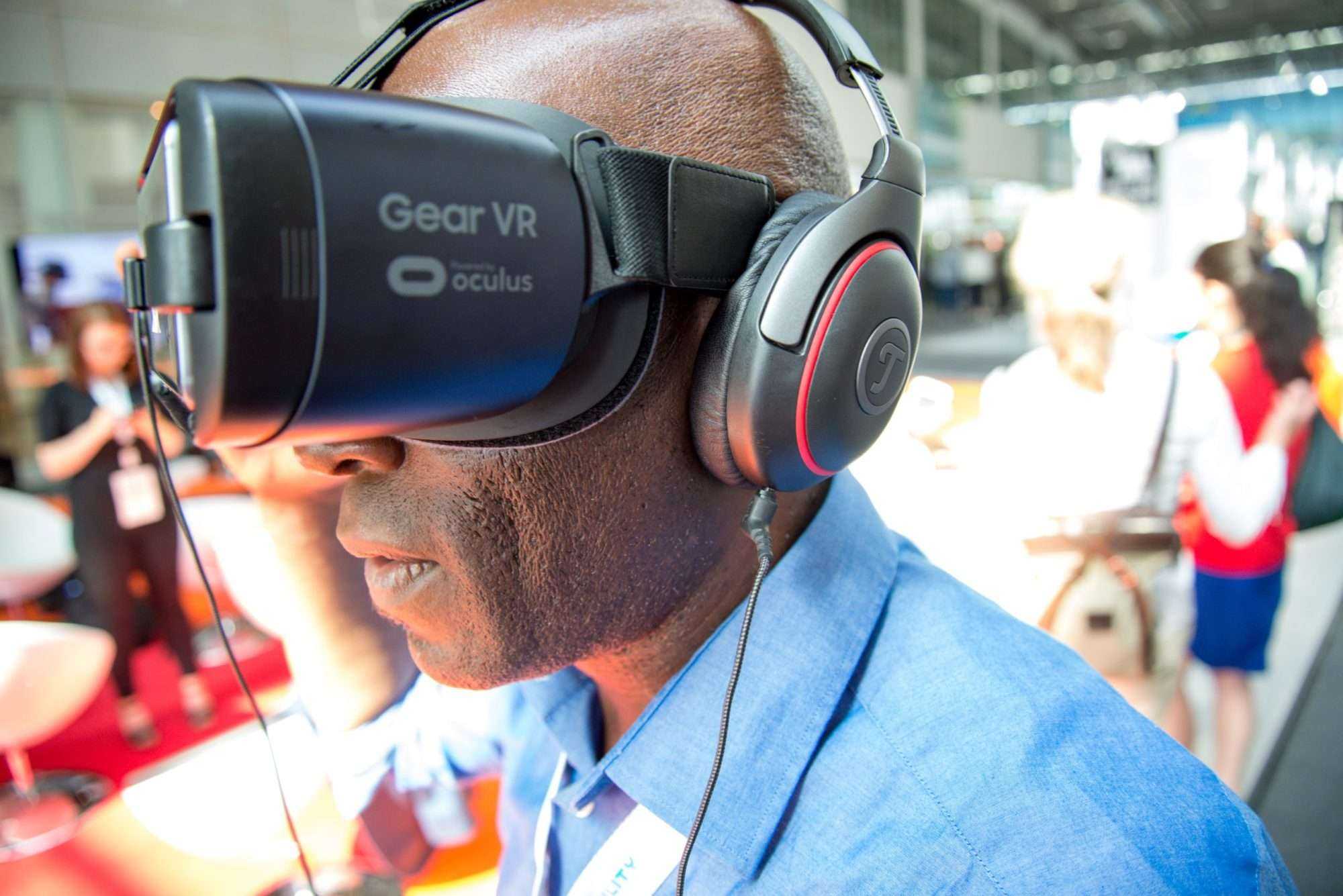BY CHRISTINA GWIRA
Imagine being able to pull out your cellphone camera and see exactly how a pair of shoes would look like, without ever stepping foot into the store. Imagine, being able to take a photo of your latest product, and have it rendered in 3D, automatically, from your phone. All these things, and much more are soon to be possible with the launch of NexTech AR’s mobile app.
The company plans to make 3D rendering through augmented reality… well, a reality! Coupled together with their robust and growing eCommerce platform, NexTech AR plans to take the AR world by storm by making their app available for the masses to create and produce whatever their mind could think of.
This is a great way for people to add this new level of technology to their growing businesses, products, services and ideas. The power is now in your palm with NexTech AR. Evan Gappelberg, CEO of NexTech had this to say about CaptureAR, the app that plans to lead the charge, “CaptureAR is a pivotal new technology which will greatly accelerate the augmented reality global marketplace. Now, with our CaptureAR app we are putting the power to create photo-realistic 3-D models into the hands of millions of smartphone users worldwide.”
In the past, it would take thousands of dollars in both manpower and education! to bring about only one 3-D model with the power of AR. But now, NexTec AR and CaptureAR are hoping that the start of 2020 will mean that people like you and I will be able to create as many AR powered products as possible.
NexTech AR is planning on rolling out the app on a freemium model. Freemium essentially means that both a paid and a free option will be available to access and use their app, as well as the services that they provide. It has been said that your first model will be free, with subsequent models to be charged an affordable monthly fee. This fee may also include access to design packs and future upgrades that can then be applied to multiple models.
I’ve seen some of the cool things that can be done with AR, and I’m especially looking forward to bringing some of my more out-of-the-box ideas to life. Once, I saw a programmer on Twitter use AR to showcase some new watch designs that he was playing with. The post went viral, with over 10,000 retweets and comments. For a designer like him, CaptureAR is a godsend. No more long hours over code; no need to render this and that on the Macbook for hours. Simply using the power behind CaptureAR, designers, programmers and entrepreneurs will be able to create masterpieces, as they enter one’s mind.
As I had mentioned before, I personally plan on downloading and using the app, as well as the rest of the NexTech AR suite to get my creating game on. Though I am a web designer, and can build a pretty dope website, there is just something profound about bring things into the physical plane. I’m especially interested in the ways that NexTech AR plans to bring their AR technology to eCommerce. They have been able to successfully integrate with the eCommerce platform Magento, as of late November 2019. More than 250,000 stores will be able to soon tap into the power that is behind this great work. In the last weeks of December 2019, NexTech AR had made great strides into integrating with Facebook Messenger. I can totally see how integrating into the Facebook family of apps will bring a massive opening for the AR market for all.
I truly believe that AR is a form of tech that is accessible and available for us and especially since NextTech AR is planning on making the creation of assets possible WITHOUT the need to learn coding, I would like to encourage you to follow the company’s journey on social media, as well as to download and USE the app when it launches during the first quarter of 2020.
Happy creating!

